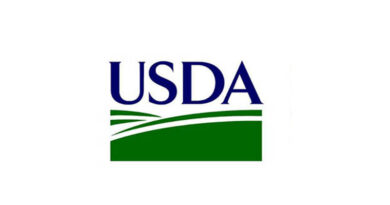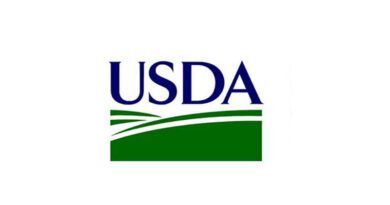Biosecurity rules in place to stop Northland spread of invasive seaweed
14 June 2023, NZ: New biosecurity rules to prevent the spread of exotic Caulerpa seaweed will make it illegal to fish or anchor a vessel in an area of Te Rāwhiti in the Bay of Islands from 11.59pm on Monday, 12 June 2023.
Two species of exotic Caulerpa have been found in the Omākiwi Cove area – Caulerpa brachypus and Caulerpa parvifolia, and the amount found suggests the seaweed has been in the area for a number of seasons. These introduced seaweeds can spread rapidly and form dense underwater fields.
Biosecurity New Zealand’s deputy director-general Stuart Anderson says mana whenua and others in the Northland community understand that preventative measures are needed to attempt to contain this pest.
“These new legal restrictions, known as a Controlled Area Notice, are important to protect the valued Northland marine environment, but also wider Aotearoa New Zealand waters.
“We are working in close partnership with mana whenua for Te Rāwhiti and they have supported this Controlled Area Notice (CAN) by enacting a rāhui over the same area.
“This has been a partnership approach from the outset with mana whenua and the Northland Regional Council. We had really good conversations at a hui at Te Rāwhiti at the end of May, and we have another hui coming up later this week, cementing that commitment to work together.”
The area under controls is bounded by Whau Point, the south-eastern tip of Te Ao Island, the eastern shoreline of Poroporo Island and the northern tip of Tokatokahau Point up to the high-tide area. See map provided.
Under the CAN, it is illegal to remove any marine organisms (including fish, seaweed, crayfish or shellfish) from the zone – meaning fishing for any species in the area is not allowed. This includes spearfishing, crayfish, kina and other shellfish gathering, net fishing and drift fishing from any type of vessel.
In addition, no anchoring is allowed in the controlled area, other than for a few permitted activities such as scientific research or where residents are reliant on a vessel for regular transport. Permits from Biosecurity New Zealand will be needed for this. Anchoring in an emergency, such as to shelter from weather, will be allowed.
Diving in the area is also banned.
“Caulerpa easily breaks into small fragments which can then be moved to other areas by people going about water activities such as anchoring, diving and fishing, which is why we need these legal controls,” Mr Anderson says.
The response work in the Bay of Islands to date has included dive surveillance of known anchorage points with suitable habitat to determine where Caulerpa is present. Ahead of the introduction of the CAN, an extensive public education effort over King’s Birthday weekend included locally employed ambassadors, including from local hapū, distributing information to people all around the Bay of Islands. This effort will continue, along with thorough communication of the CAN and its conditions.
“A technical advisory group has been convened to look at suction dredging as a possible control tool and a small group of scientific experts and mana whenua are going to California to inspect attempts to remove exotic Caulerpa there. We are working hard to explore options, but international research and experience tells us that successfully eradicating Caulerpa is extremely challenging.”
“We are keen to hear from anyone who has seen suspected exotic Caulerpa. This can be reported through 0800 80 99 66 or by completing the online reporting form at report.mpi.govt.nz .
Also Read: ICAR signs an MOU with Amazon Kisan to guide farmers on the scientific cultivation of crops
(For Latest Agriculture News & Updates, follow Krishak Jagat on Google News)















